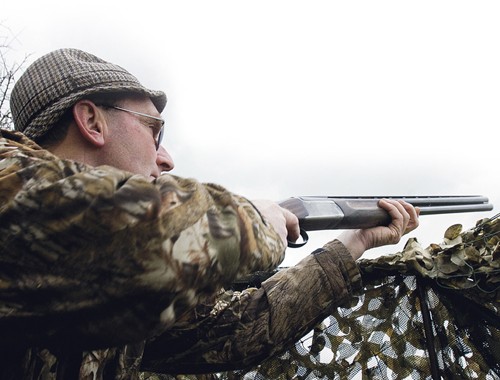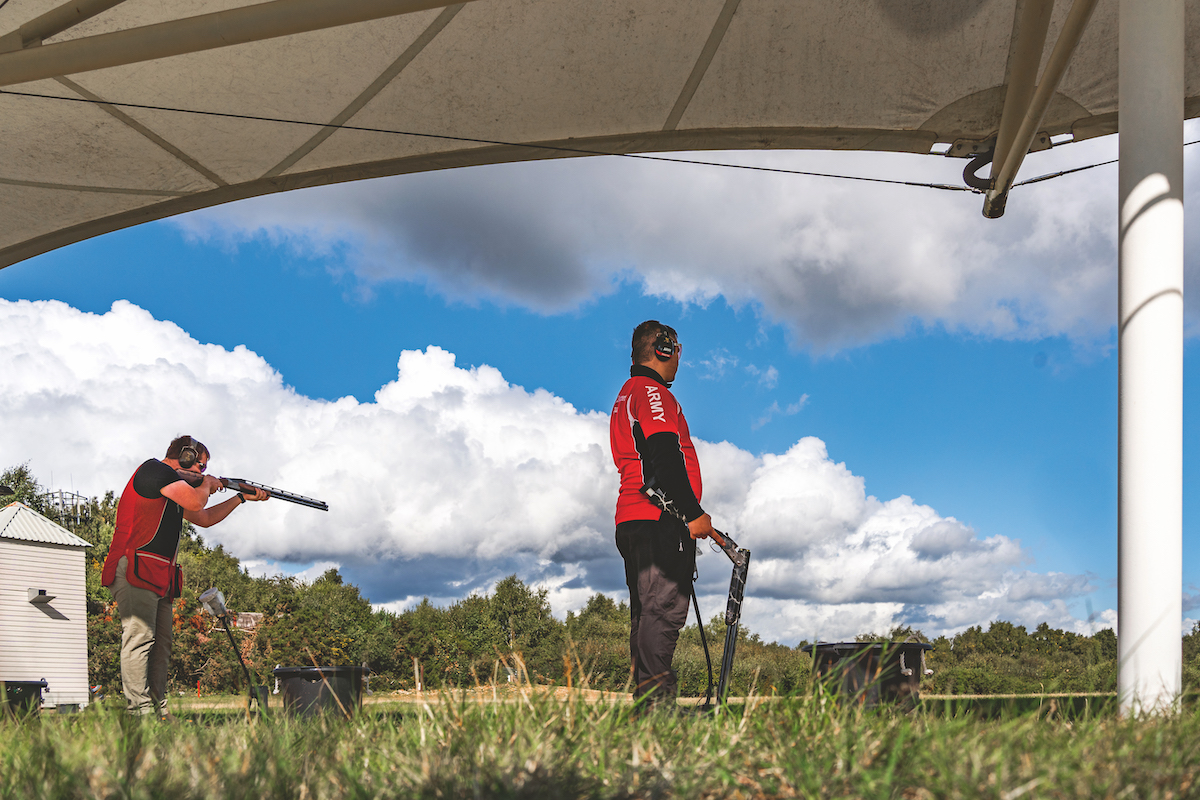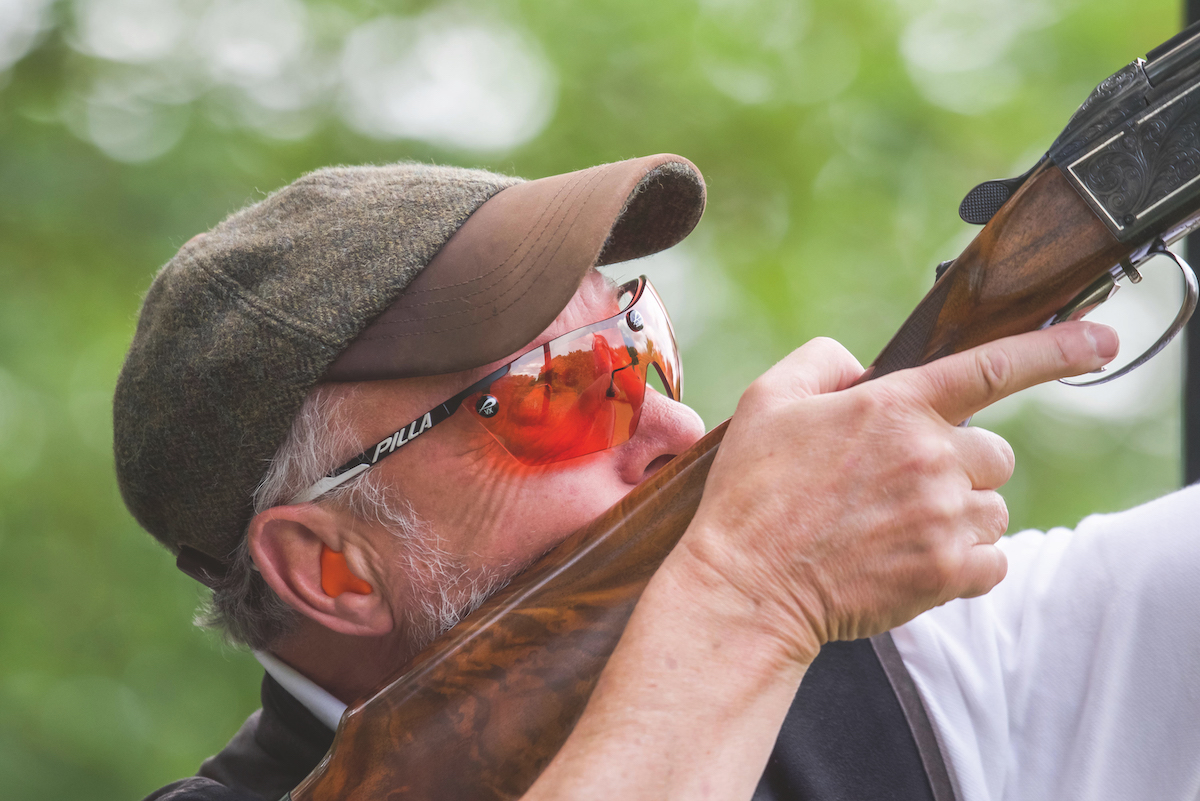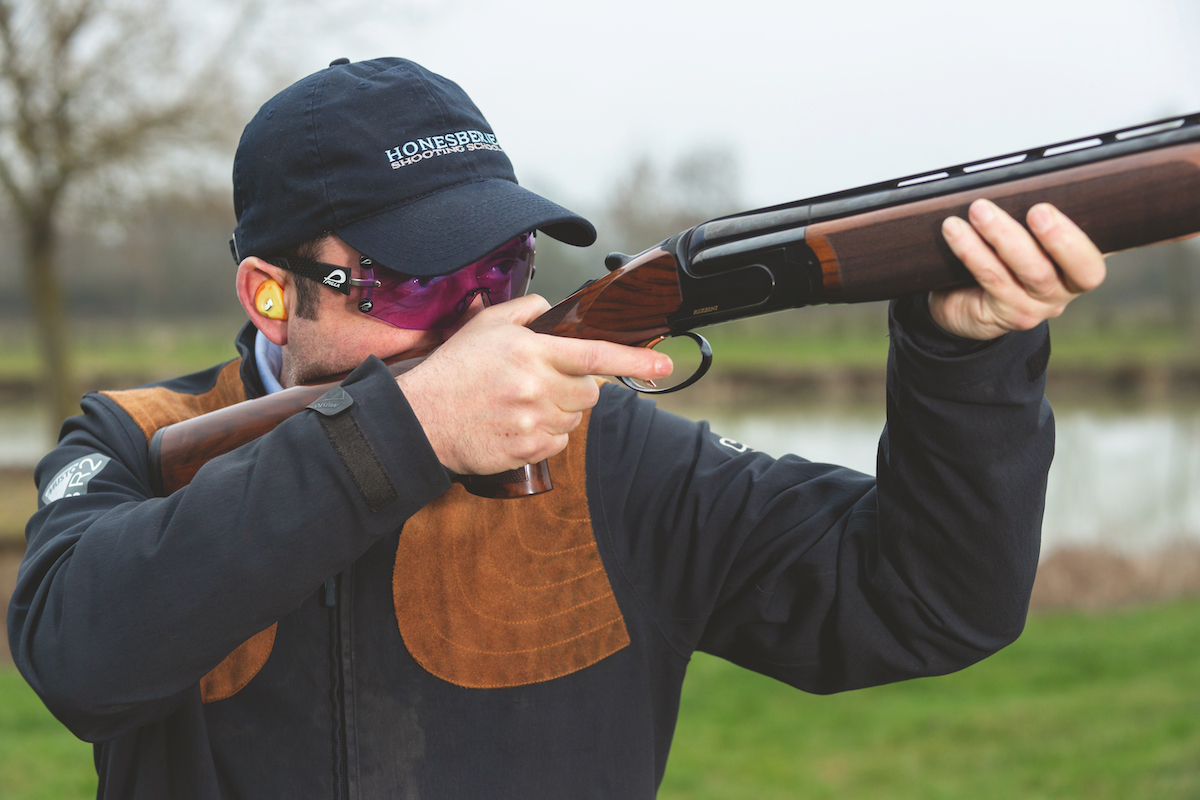Pigeon shooting: The year ahead

So here we go again, it’s the dawn of another year, and I can’t wait to see what the coming twelve months have in store.
From a pigeon shooting point of view, this is usually the time of year when I’ll start looking at the cropping patterns of all the farms I can shoot over, trying to work out where any decent bag is likely to be made in the coming year.
Some folk are amazed that I can plan a shoot up to 12 months in advance, purely from experience of that crop coming round in the rotation on any given farm, but it works for me.
Most decoyers will tell you that certain fields produce the goods every time the right crop is grown.
It’s not infallible, of course, but it certainly narrows down the areas I have to check on my reconnaissance trips.
300 PLUS
We also know that certain farmers are less diligent in their techniques, so when farmer Smith decides to grow peas on ‘40 acre field’, our heart skips a beat, but when farmer Jones also intends to plant peas on ‘wood field’, experience tells us that it will barely be worth checking.
I have one farm that I have written about on numerous occasions, purely because it provides me with at least two big shoots every year.
And by ‘big’ I mean 300-plus days.
This particular farmer is always late with any drilling, leaving plenty of seed on the surface.
He harvests with a 30-year-old combine – thus leaving loads of grain behind – and he’s the last farmer to plough his stubbles.
A pigeon shooter’s dream come true.
 Farming effort has been badly hit by wet weather and Peter believes oilseed rape fields will dominate the pigeon shooting scene even into its flowering stage. His advice is to gear up accordingly!
Farming effort has been badly hit by wet weather and Peter believes oilseed rape fields will dominate the pigeon shooting scene even into its flowering stage. His advice is to gear up accordingly!
This year, because of the wet autumn, he hasn’t even managed to plough in ANY stubbles, so already I am looking forward to a bonanza when he attempts to drill in the Spring.
This time last year, I remember writing that I couldn’t foresee where the big bags were going to come from.
Pigeons were still tucked away in the woods eating the biggest acorn crop for a decade, and would probably continue doing so for another three months.
For the first time in living memory, rape fields remained unmolested for the entire winter.
What a difference this year! Rape, where farmers have been able to plant it, is struggling to survive the triple whammy of saturated fields, a plague of slugs, and, since the middle of October, the attentions of massive flocks of woodies deprived by the total failure of the acorn crop.
By the middle of December, it was quite obvious that vast acreages will need to be redrilled, having either failed to establish, or been completely eaten out by pigeons.
VUNERABLE TO ATTACK
Now, following the first heavy falls of snow and hard frosts, even the fields that looked to be too well grown for the birds to attack are vulnerable.
Only today, I watched, maybe 1,500 pigeons, hitting a field that only a week ago was too tall to land in.
But, as is usually the case by this time of year, they are virtually impossible to come to terms with, ganging up in huge flocks and moving to another field with little prompting.
Remember though, turning out at the request of the farmer now, even with little hope of making a bag, should result in you getting the best opportunities when easier times return in the Spring.
Having complained in the past that few farmers grow spring crops any more, I think we need to brace ourselves for an absolute ‘springfest’ of drilling as soon as conditions permit.
I know whole farms that didn’t plant a seed in the autumn.
Seedbeds on our heavy Essex clay soils are going to be poor because hardly any land has been ploughed, ready to be exposed to winter frosts.
Not in my lifetime have so many fields been left until the Spring.
I’m also hoping that a proportion of the failed rape fields will be replanted with the Spring variety, thus filling that ‘lean’ period for decoying during May and early June.
But maybe we are getting a little ahead of ourselves, as there will undoubtedly be some big scores to be made on backward fields of rape during February and March – the obvious problem being which field to choose!
Usually, once the rape starts to get away in March, only a few patches here and there are accessible, but this year whole fields will be vulnerable to attack right up until flowering time in May.
The fields I’ll be looking out for are those that farmers have abandoned completely.
They’ll still have some plants surviving, but not enough to justify the continual use of bangers and rockets or the further expense of fertilisers and chemicals.
At the end of December I know of at least three fields where the farmer has simply admitted defeat and left the pigeons to it.
These fields should provide a safe refuge from the chasing they receive all round the district, and with careful management (from me) should produce some decent bags – I have had a 65 and a 42 from one field already!
NEW YEAR RESOLUTIONS
Moving on to New Year resolutions, I’m not usually one to beat myself up over any personal shortcomings, promising to do such and such, but knowing full well I will not be able to keep my word.
However, shooting partner Paul Payne has berated me so many times over my abuse of my decoying gear that this year I’m going to try to take better care of it.
Paul, of course, is a paragon of virtue, with a specially designed ‘pigeon room’ where his vast supply of cartridges are neatly stacked and all his equipment is stored on shelves and hooks.
Selections of batteries are always fully charged and a freezer containing only the finest specimens to be fitted to his various flappers and spinners sits in the corner.
The fact that he needs a tractor and trailer to transport all this stuff to where he intends to shoot – and I can generally carry mine on my back in one trip – is neither here nor there.
But I promise to do better this coming year… you’ll be the first to know if I succeed.
In the meantime I wish you a safe, healthy, and successful New Year.








